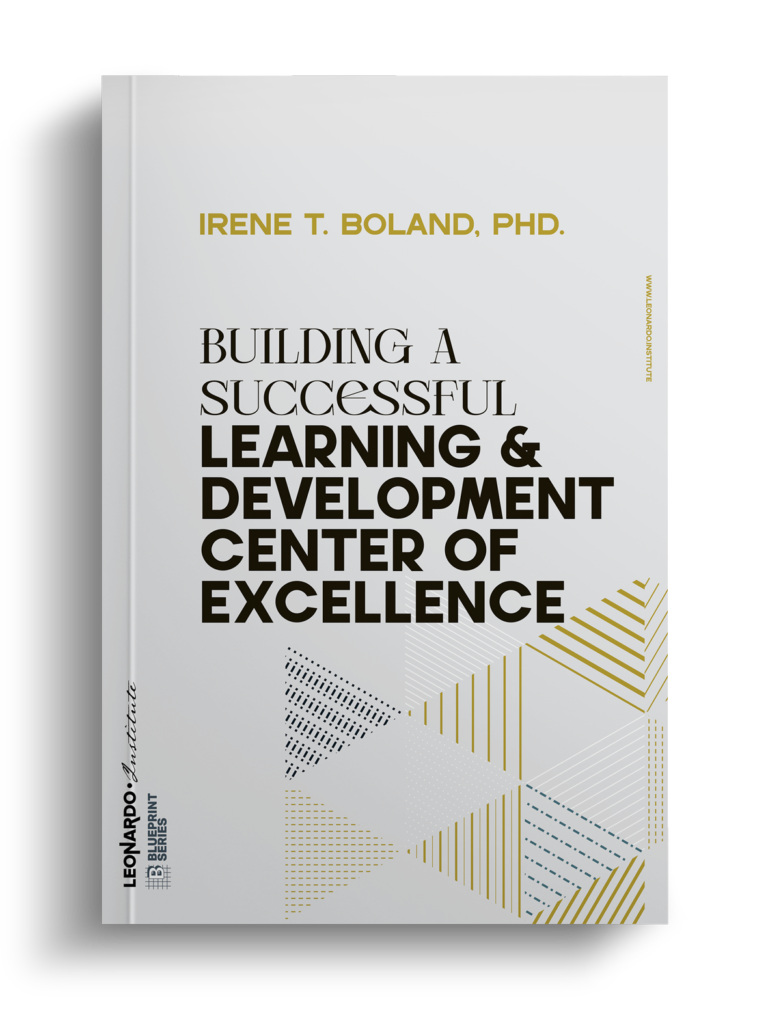As a workplace learning professional, guiding a productive and focused discussion is part of your daily orchestration. The funnel technique in questioning is a strategic approach that mirrors the funnel’s shape, starting with broad questions and gradually narrowing down to specifics. It’s a method designed to open up a learner to a topic before zeroing in on the details, and this article will detail how to adeptly use this technique to enhance learning outcomes.
Beginning with Broad Questions
Starting wide is the first step in employing the funnel technique. Broad questions are designed to open up the floor, inviting a wide range of responses and encouraging learners to think expansively. These questions often address the “what,” “how,” and “why,” setting the stage for deeper exploration. For instance, you might begin a session on cybersecurity with, “What are the key components of a robust cybersecurity strategy?” This allows learners to approach the topic from various angles and ensures that they are not limited by too narrow a perspective early on.
Progressing to Intermediate Questions
Once the discussion has been sufficiently opened, intermediate questions help to focus the conversation by asking learners to provide examples, make comparisons, or discuss implications. Such questions might ask learners to apply their broad knowledge to more specific scenarios, which helps to bridge the gap between theory and practice. An example could be, “How do phishing scams exploit common security weaknesses?” These questions demand a deeper level of engagement and begin to guide learners towards the funnel’s narrower end.
Honing in on Specifics
As the discussion narrows, specific questions aim to drill down into the details. Here, the questions are targeted and require precise information or a definitive answer. They are critical in assessing understanding and in applying knowledge to real-world situations. Continuing with the cybersecurity theme, a specific question could be, “What steps would you take to mitigate a detected unauthorized access attempt?” At this stage, the funnel has narrowed sufficiently to allow for detailed and focused responses that demonstrate clear understanding.
Put it to Work
Implementing the funnel technique in your questioning strategy can be highly effective in guiding learners through a structured thought process:
- Start With the Big Picture: Use broad questions to kickstart discussions and to encourage learners to consider the full scope of a topic.
- Build the Bridge: Intermediate questions are your tools to connect broad concepts with specific details, guiding learners through the complexities of a topic.
- Get Detailed: Finish with specific questions to gauge understanding, to apply learning to real-life situations, and to assess the ability to think critically about fine details.
- Adjust As Needed: Be prepared to move up or down the funnel based on the responses you receive. If a learner struggles with specifics, widen the funnel again to rebuild confidence and understanding.
The Takeaway
The funnel technique is a powerful questioning strategy that starts with broad exploration and narrows down to specific inquiry, providing a structured pathway for learners to follow. By starting wide and gradually narrowing the focus, you can help learners build on their knowledge and apply it to real-world situations effectively. This technique not only aids in information retention but also encourages a deeper understanding of the subject matter. Incorporate the funnel technique into your next learning session and witness how it transforms the dynamics of your discussions and the depth of your learners’ insights.


